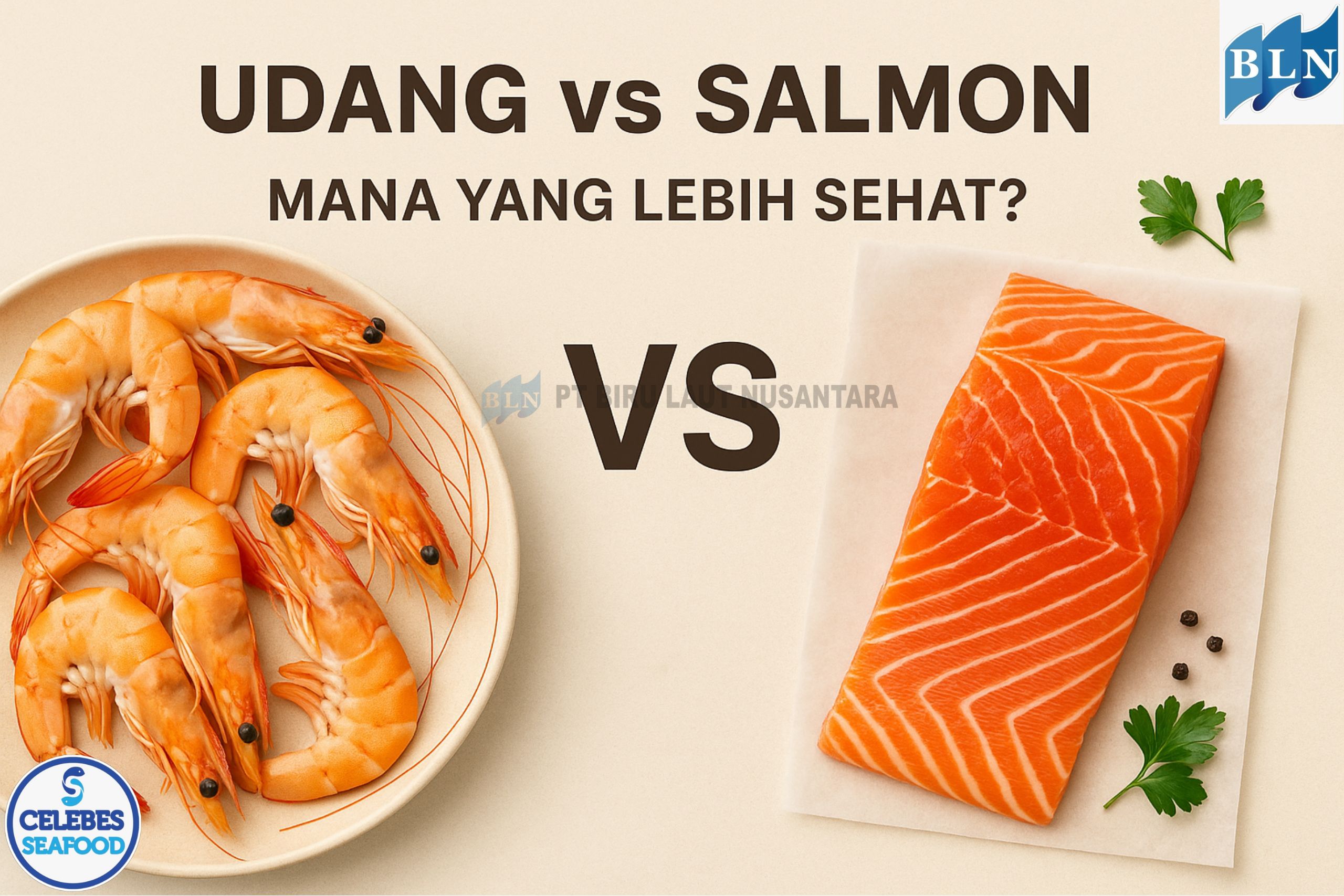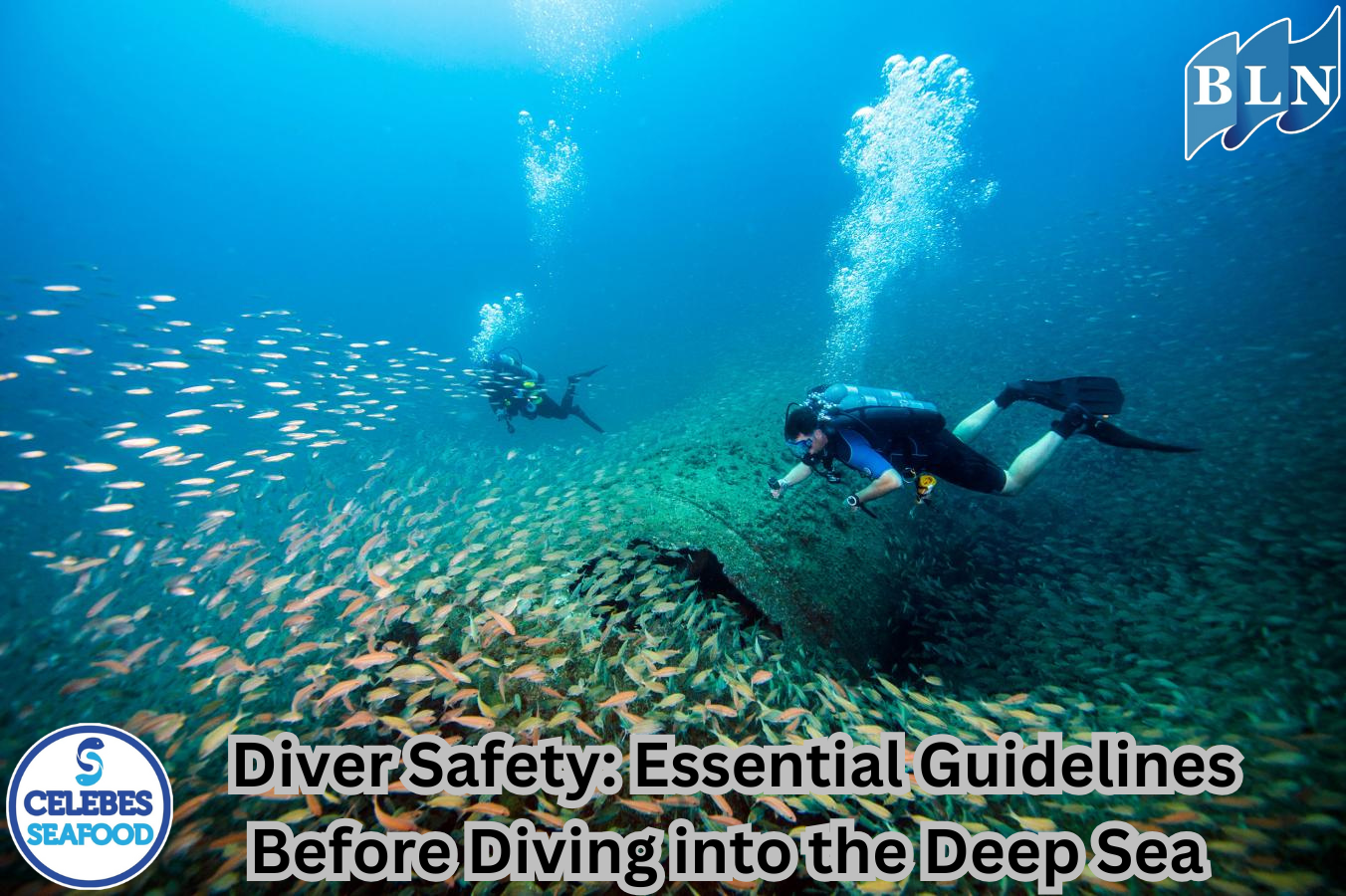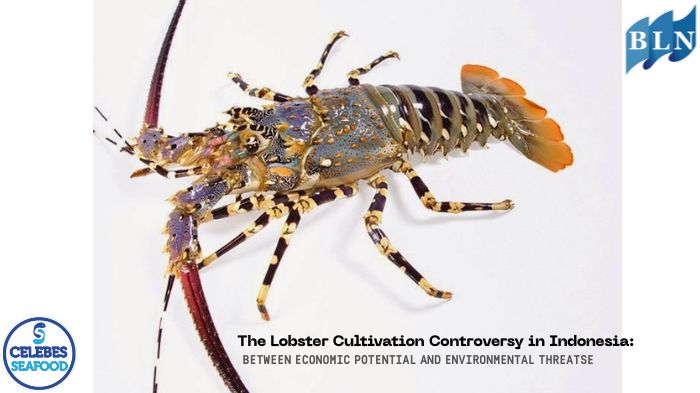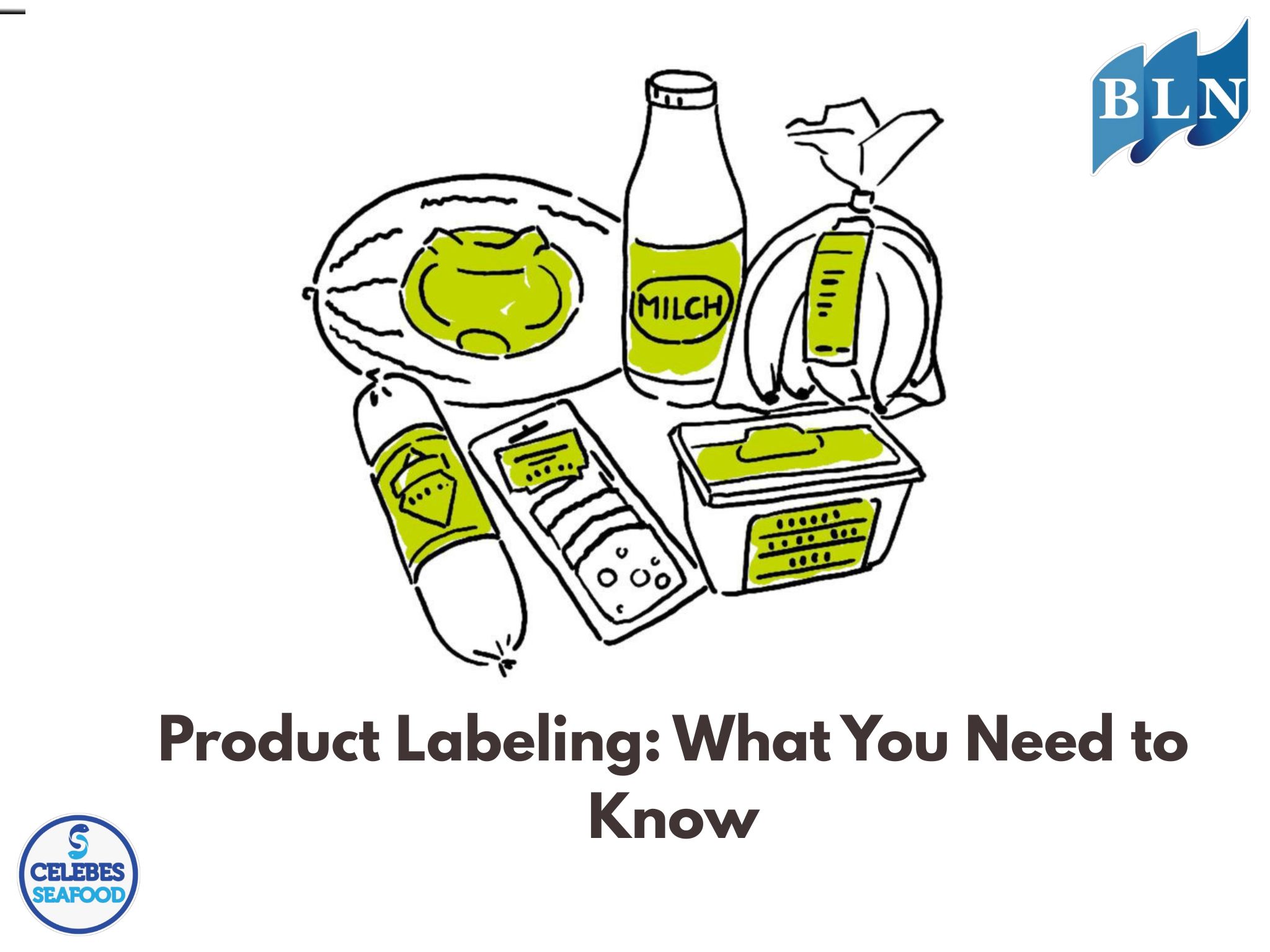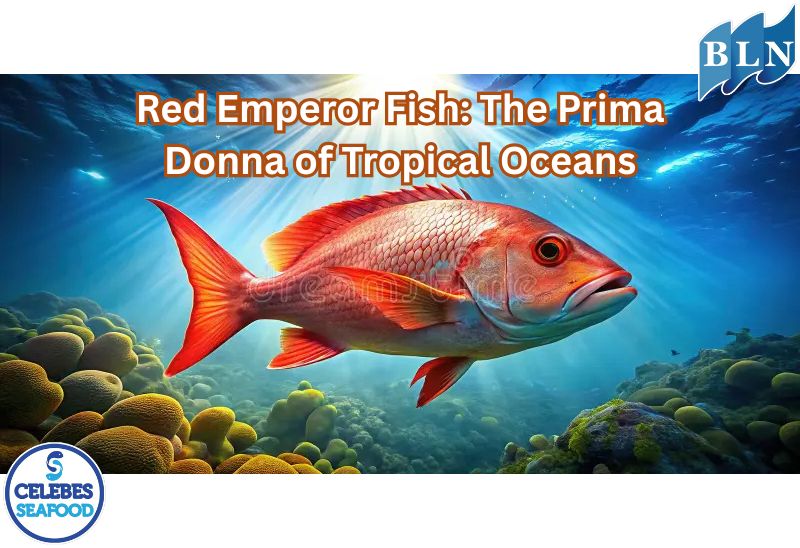Residue-Free Fishery Products Enhance Competitiveness in the Global Market
By. Azizah - 23 Jul 2025.jpg)
lautnusantara.comGlobal market demands for food safety and quality are rising, including for fishery products. One key parameter that concerns both consumers and international regulators is the absence of hazardous chemical residues such as antibiotics, pesticides, heavy metals, and unauthorized synthetic additives. Residue-free fishery products are essential for boosting export competitiveness, increasing product value, and building a positive image for Indonesian fisheries in the global marketplace. This article examines the importance of residue control throughout the fisheries supply chain and strategies for meeting international food safety standards.
Introduction
Fishery products are one of Indonesia’s leading export commodities, with major destinations including Japan, the United States, the European Union, and China. However, the strict food safety standards of these countries require products that are not only high in quality but also free from chemical contamination. Chemical residues can enter the product throughout the production chain — from aquaculture and capture to post-harvest handling and processing. Failure to comply with Maximum Residue Limits (MRLs) can result in rejected exports and significant economic losses.
Types of Residues and Sources of Contamination
-
Antibiotics and Veterinary Drugs
Commonly used in aquaculture to prevent or treat disease. Uncontrolled use and failure to observe withdrawal periods lead to residue accumulation in fish tissues. -
Pesticides and Agricultural Chemicals
These can flow into aquatic environments from nearby agricultural activity, contaminating both farmed and wild-caught fish habitats. -
Heavy Metals (Hg, Pb, Cd, As)
Originating from industrial waste or mining activities, these elements are bioaccumulative and hazardous to human health. -
Synthetic Food Additives
Includes substances such as formalin, borax, and textile dyes, which are sometimes illegally used in post-harvest handling to extend shelf life.
Impacts of Residues on Safety and Market Competitiveness
-
Consumer Health: Chemical residues can cause long-term health issues such as cancer, kidney damage, antibiotic resistance, and hormonal disruption.
-
Export Rejections: Trading partners enforce strict inspections and may reject, destroy, or recall contaminated products.
-
National Product Image: Food safety issues can damage trust in Indonesian fishery products as a whole.
-
Product Value Addition: Residue-free products command higher market prices and enjoy better positioning in premium market segments.
Strategies for Strengthening Residue-Free Fishery Products
-
Implementation of Good Aquaculture Practices (GAP)
This includes feed monitoring, regulated use of veterinary drugs, and transparent aquaculture record-keeping. -
Quality Control and Certification
Adopting Hazard Analysis and Critical Control Points (HACCP) systems, Good Aquaculture Practices (GAP/CBIB) certifications, and labeling of residue-free products. -
Human Resource Capacity Building
Educating fish farmers, fishers, and fish processors on the risks of illegal chemicals and the importance of food safety. -
Strengthening Residue Testing Laboratories
Expanding the network of residue testing labs in key production areas and accelerating quality certification processes. -
Campaign for Safe and Sustainable Products
Promoting Indonesia’s commitment to healthy, residue-free fishery products to international markets.
If you are interested in our Red Emperor Fillet Skin On, Red Snapper Fillet Skin On please do not hesitate to contact us through email and/or whatsapp.
